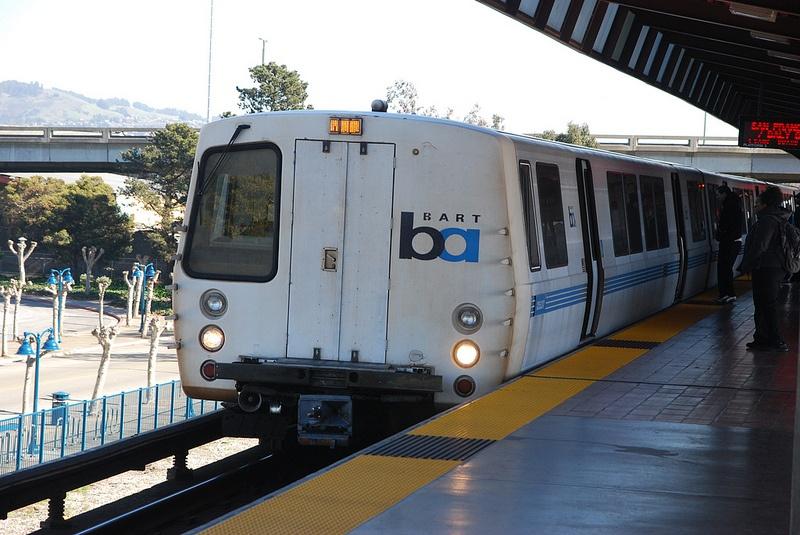
Don’t tell the public transit naysayers who maintain that Americans will never get out of their beloved automobiles: Americans took a record 10.7 billion trips on public transportation last year – the highest annual ridership number in 57 years, according to the 2013 ridership report released by the American Public Transportation Association (APTA). In fact, public transit rides rose by 1.1 percent in 2013, while miles driven only increased 0.3 percent.
Why the record public transit ridership in 2013? Last year actually marked the eighth consecutive year that more than 10 billion trips were taken on public transportation systems, and the APTA says the 2013 figures were part of the increasing public demand for transit that has been growing since 1995.
“There is a fundamental shift going on in the way we move about our communities,” APTA President and CEO Michael Melaniphy said in a statement. “People in record numbers are demanding more public transit services, and communities are benefiting with strong economic growth.”
Public transit ridership, which has risen 37.2 percent since 1995, has outpaced both population growth, which has increased 20.3 percent, and vehicle miles traveled, up 22.7 percent.
An uptick in economic growth is another factor behind last year’s high transit ridership, Melaniphy said. Nearly 60 percent of trips taken on public transportation are to and from work, so when more people are employed, the number of commutes on public transit climb.
And last but not least, the government’s improvements and upgrades to the country’s aging transportation systems encourage more riders to get out of their cars and into a subway car or bus.
“The federal investment in public transit is paying off, and that is why Congress needs to act this year to pass a new transportation bill,” said Melaniphy.
Many cities also saw all-time high ridership levels last year, including Cleveland, Denver, Los Angeles, New Orleans, Salt Lake City, Tampa and New York.
Heavy rail systems, which include subways and elevated trains, reported a 2.8 percent growth in ridership; eight of 15 systems saw increases, including heavy rail in Los Angeles, New York and Cleveland. Trips on Miami’s heavy rail surged by 10.6 percent when the system increased train frequency during peak service times.
Commuter rail ridership went up by 2.1 percent in 2013, with 20 of 28 transit systems reporting increases. Salt Lake City’s commuter rail witnessed a whopping 103.3 percent boost to ridership when it opened a new rail line in December 2012. Seven commuter rail systems, including those in Austin; Harrisburg-Philadelphia; Anchorage; Lewisville, Texas; Stockton, Calif., Minneapolis and Portland, boasted double-digit increases in trips taken.
Rides on light rail systems, like streetcars and trolleys, rose 1.6 percent last year, and 17 of 27 transit systems saw increased ridership. Light rail in New Orleans, Denver and San Diego all experienced double-digit growth in their number of riders. Meanwhile, national bus ridership remained stable, dipping by only 0.1 percent, and, in cities with populations below 100,000, bus rides increased by 3.8 percent.
For climate action leaders and public transit advocates, the APTA’s recent ridership report offers a glimmer of hope – a light at the end of tunnel, if you’ll excuse the transportation-inspired pun – that Americans are hungry for alternatives to our current car-dominated transportation system. We just have to make sure the transit infrastructure and systems can keep up with this consumer demand.
Image credit: Flickr/Paul Sullivan
Passionate about both writing and sustainability, Alexis Petru is freelance journalist based in the San Francisco Bay Area whose work has appeared on Earth911, Huffington Post and Patch.com. Prior to working as a writer, she coordinated environmental programs for Bay Area cities and counties. Connect with Alexis on Twitter at @alexispetru

Passionate about both writing and sustainability, Alexis Petru is freelance journalist and communications consultant based in the San Francisco Bay Area whose work has appeared on Earth911, Huffington Post and Patch.com. Prior to working as a writer, she coordinated environmental programs for various Bay Area cities and counties for seven years. She has a degree in cultural anthropology from UC Berkeley.














